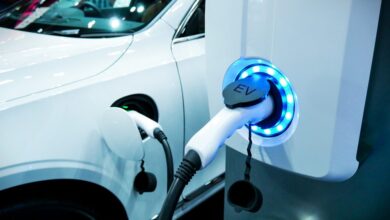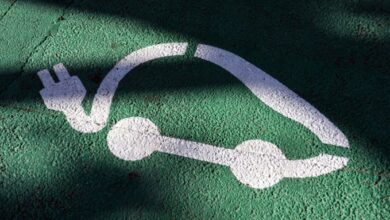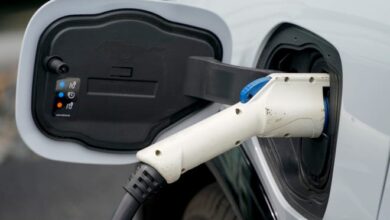The road to increasing electric vehicle adoption in the US
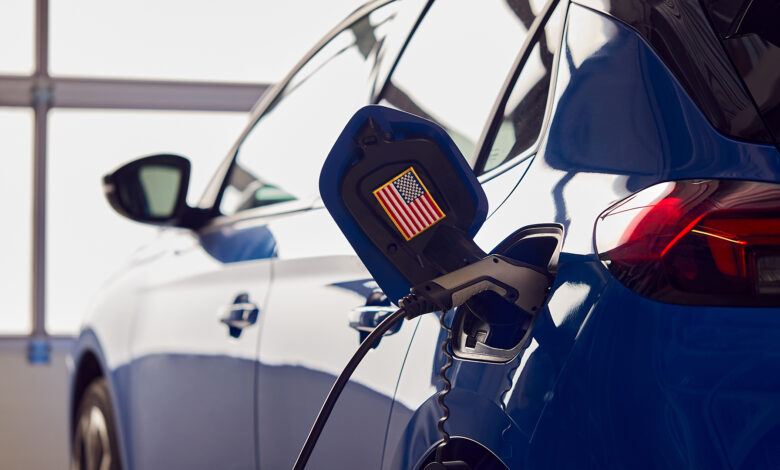
Andrea Wortzel, Partner at Troutman Pepper, explores the current barriers to electric vehicle adoption in the US and the key areas of electrification that must be improved.
Federal incentives and related regulatory goals are driving efforts by the automotive industry to scale up production and uptake of electric vehicles in America, resulting in a record number of EVs on the road.
The US has set an ambitious target for 56% of all new vehicles sold to be electric by 2032, a substantial increase from current levels. Last year, by comparison, EVs accounted for just 7.6% of new car sales.
However, there are a number of key obstacles that risk undermining continued growth, including outdated and insufficient infrastructure, environmental regulatory impediments, and lagging consumer demand.
EV infrastructure challenges
Electric vehicle adoption in the US depends on a fundamental upgrade and expansion of charging station infrastructure. EV owners need the ability to charge their vehicles efficiently and in locations consistent with their vehicle use patterns.
Yet the current reality is that 80% to 90% of EV owners predominantly rely on charging their vehicles when they are parked at home. Below are some of the ongoing challenges to electric vehicle adoption in the US:
Range anxiety: EV drivers commonly express concerns about how far their vehicles can travel without running out of battery, known as ‘range anxiety’. There is still a relative scarcity of direct current (DC) fast chargers – or level three chargers – that can take an EV battery from empty to 80% in under an hour. Currently, level three chargers represent only around 30% of public EV chargers in the US, contributing to consumer angst.
Faulty public chargers: Many EV owners opt for home charging in the knowledge that they have functioning equipment, which is often not the case when relying on public infrastructure. The lack of reliability of public EV charging facilities is often compounded by a shortage of skilled professionals to fix problems promptly.
Maintenance and outages: Public EV charging stations often experience maintenance and unexpected outages, with information frequently not reaching drivers on a timely basis. The lack of working chargers at busy times is proving both a technical and asset management headache for the sector.
Lack of accurate and reliable data: An absence of data on various aspects of EV charging, including energy usage, charging patterns, and workplace charging availability, makes it difficult for policymakers, regulators, and businesses to plan how to develop the US EV charging network.
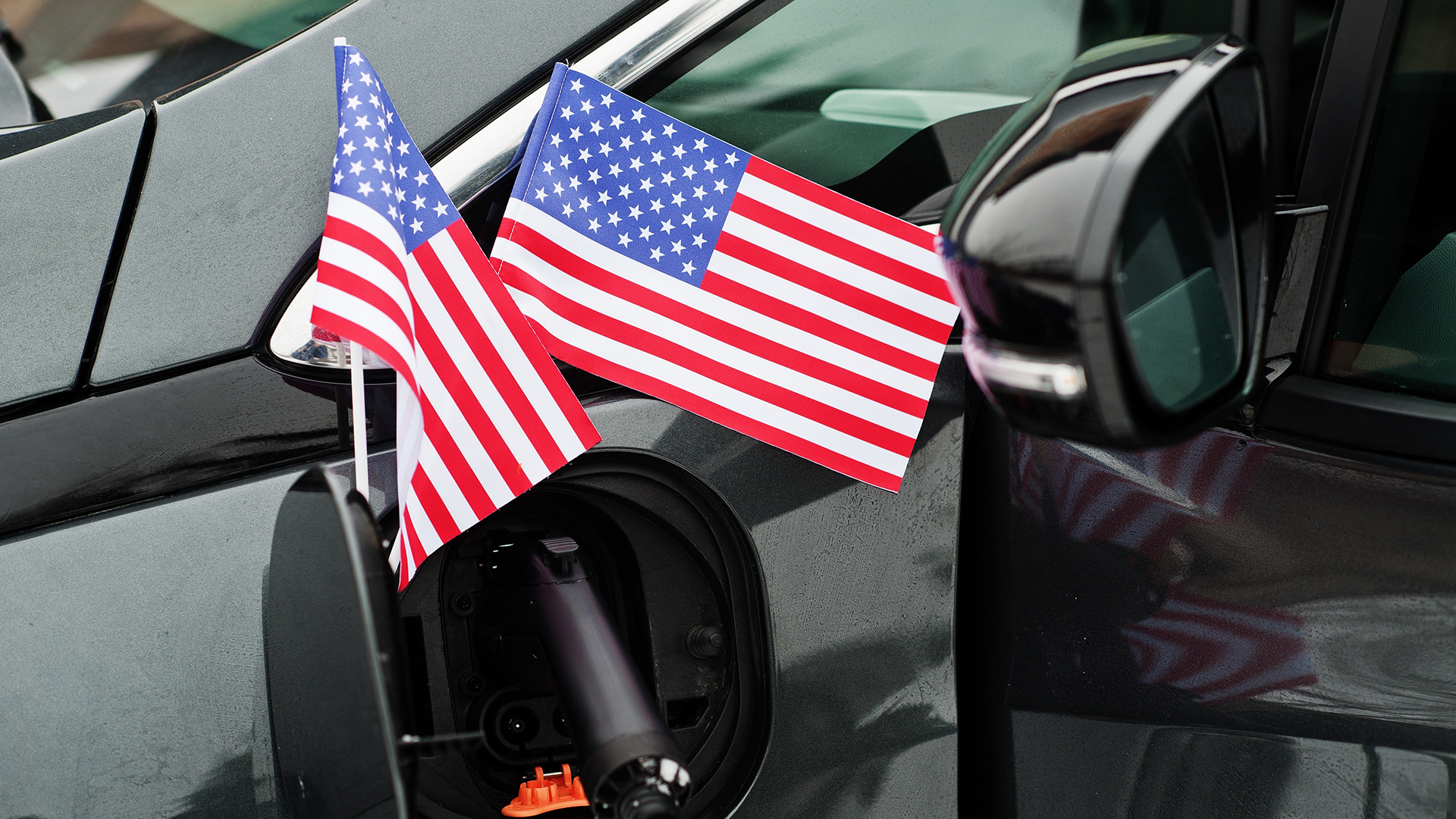
The role of government policies in driving EV adoption
Federal incentives play a crucial role in fostering the expansion of EV production and adoption. These incentives not only encourage consumers but also incentivise manufacturers to bolster domestic production and infrastructure.
Efforts include building a national network of EV chargers, growing the domestic battery supply chain, and increasing federal use of EVs. The IRA added a further $6bn in support, including loans to help vehicle makers scale up their EV operations.
However, the federal regulatory framework has lagged behind EV manufacturing, particularly with respect to EV batteries. Permitting delays and regulatory uncertainty can discourage investment and slow down the production rate of new EV batteries.
The sector also needs more clarity from federal and state regulators about the management and disposal of used batteries and battery components at the end of their life cycle.
EV charging policies
The Biden administration is looking to address the challenges associated with charging infrastructure with its recent announcement of $150m in grants to help 24 recipients in 20 states fix nearly 4,500 charging ports. $100m of federal funding, announced in September 2023, aims to improve EV charging reliability.
Additionally, there are plans to increase the number of level three chargers in the US. There are now 170,000 public EV chargers nationwide, with the federal government seeking to reach 500,000 by 2030.
The government claims to be on track to meet this target by 2026 with its current policies, including the $5bn National Electric Vehicle Infrastructure (NEVI) Formula Program to support the rollout of chargers along US highways and the $2.5bn Charging & Fueling Infrastructure Discretionary Grant Program, from which the Department of Transportation (DOT) awarded $623m in grants in January 2024.
Manufacturing and battery policies
The federal government has offered significant incentives to accelerate EV production, with those incentives to include a ‘made in America’ component. Given that most EVs and EV batteries have traditionally been made outside of the US, auto manufacturers are scrambling to develop domestic production plants in response.
However, US environmental regulatory programmes have not been updated to facilitate these efforts, and the environmental rule-making process is lengthy and often litigated, creating challenges for EV makers.
The IRA includes specific policies intended to support domestic battery production, stipulating that vehicles in the US can qualify for a $7,500 tax credit if they meet guidelines on where their batteries have been produced.

Fundamental challenges remain, however, including how to permit the import of the chemicals needed to produce the batteries and how to recycle them. The Environmental Protection Agency has taken steps to address the matter, such as the issuance of its May 2023 memorandum regarding the recycling of EV batteries, but these steps have been slow in coming and do not necessarily go far enough.
The federal government is rolling out new policies and regulatory guidance to facilitate battery manufacturing permits, but it’s the individual states that oversee programme implementation. This decentralised approach leads to varying levels of caution and engagement among states, resulting in significant differences in the application of environmental regulations to EV battery manufacturing.
Challenges in EV supply chains
Another obstacle to the growth of the EV sector is the need to build and bolster the supply chain. Battery manufacturing faces fundamental challenges, including how to permit the import of the chemicals needed to produce the batteries and how to recycle them. Key challenges include:
Battery manufacturing and recycling: There is a need for clear environmental regulations governing the production and recycling of EV batteries. The permitting process for battery gigafactories can be lengthy and complex, with uncertainties surrounding issues such as chemical imports, wastewater management, and recycling operations.
Regulatory uncertainty: State and federal environmental regulations may vary significantly, leading to inconsistencies and delays in the approvals process for battery manufacturing facilities. The lack of clarity in regulations regarding battery recycling and disposal further complicates matters for EV manufacturers.
Consumer demand: In addition to the infrastructure and regulatory challenges, consumer demand has not grown as quickly as expected. For some of the reasons outlined above, many consumers favour hybrid vehicles rather than EVs. Thus, addressing the infrastructure and regulatory challenges is necessary to ensure that the goal of increasing electric vehicle adoption in the US and achieving the goals that the federal government has set.
Through concerted efforts from government and industry to address EV charging infrastructure, regulatory frameworks, and supply chain management, the US can pave the road for a sustainable future powered by electric vehicles.
